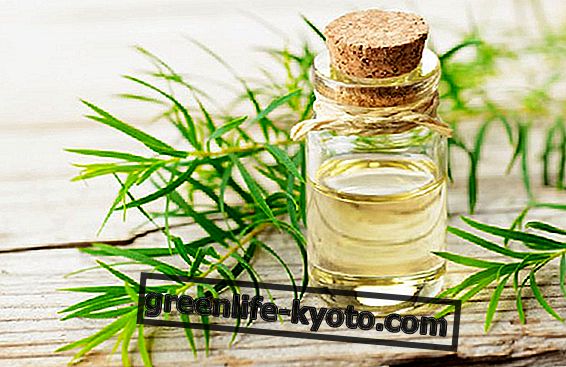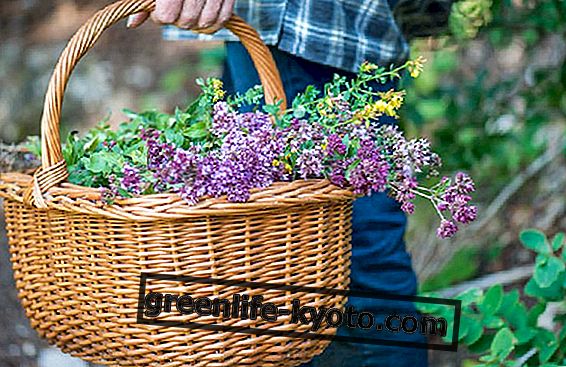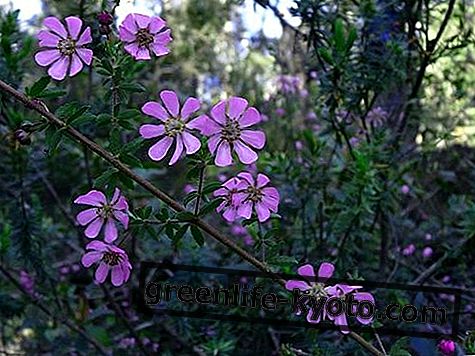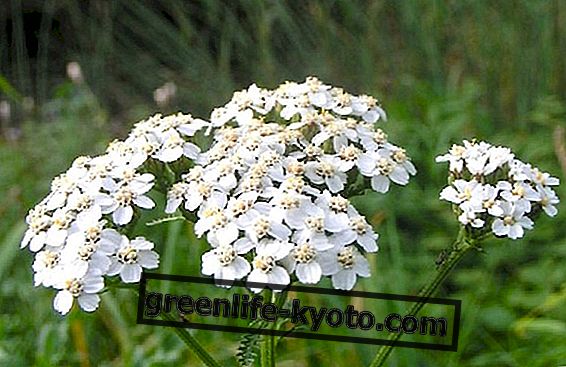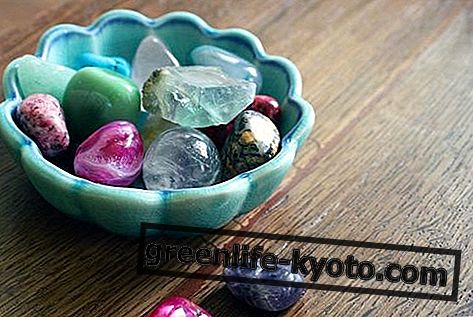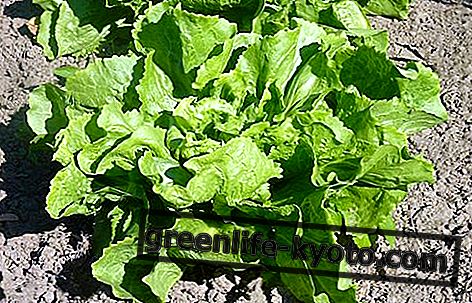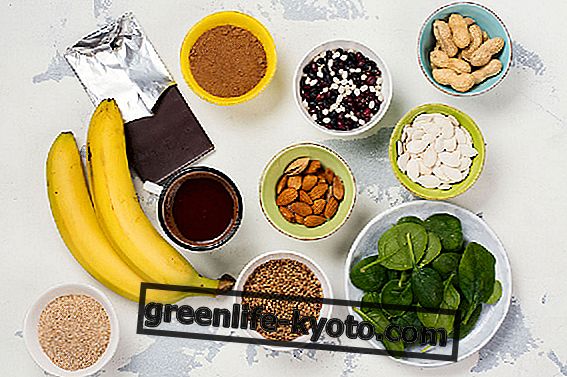
The sage plant is an aromatic plant that is very easy to grow both in the open field and in pots. Sage belongs to the Labiateae family and its botanical name is Salvia officinalis.
There are many different varieties of species, always with good adaptability and hardiness, only more attention to cultivation is required to ornamental sages.
Origin of sage
Sage is native to Spain or areas that were referred to as Dalmatia in history. The Mediterranean basin is its cradle of origin and the area where it also grows spontaneously.
The name "sage" already reveals its health properties in fact the name sage derives from the Latin "salvatrix" which means "that saves" or from the word "salveo" which always leads back to the meaning "stay healthy".
Already in ancient Greece and in ancient Rome this plant was considered of enormous utility for its many virtues both in the kitchen but even more as a medicinal plant for healthy use.
In the convents it was always present in the enclosed vegetable gardens inside the walls and was called by the Romans "Herba sacra" so much that it had its own precise ritual to be collected and used as a natural remedy.
The sage plant
Sage is a bush that can become large with years and its growth is vigorous thanks to the rusticity of the plant. Its branches are woody and slightly rectangular, they begin their growth as green stems and then turn brown and become stiff with the passage of time.
The sage leaves are lanceolate and gray-green in color with thick hair in both the upper and lower pages.
The flowers develop from June until the end of summer and are ears of more flowers in the shape of a mouth with a typically purple color although some varieties have colors from white to purple.
Cultivation of sage
Sage loves being in areas exposed to the sun and in Italy the climate is just that typical for sage so much that there are wild varieties that grow in the fields. Its ideal habitat is in fact the area that surrounds the Mediterranean and is in fact a typical plant of the scrub and of the areas near the sea. It does not like harsh winters and some varieties of sage need to be protected in winter with nonwovens.
Sage does not require a lot of water ; on the contrary, stagnations are very harmful to this plant, so that if it is watered too much it becomes weaker and can even lose its leaves and become sick with roots that are too moist. Usually molds and fungi reproduce quickly when there is humidity and therefore they can be pathogens for the sage that if it has its roots immersed in a humid area they risk the rotting and the disease. It is better to let the soil dry well between one watering and the next, thus avoiding the risk of water stagnation at the roots.
The sage growing medium must be well drained so it requires the presence of loose material such as sand. In pot it is possible to add other materials that regulate the hydroscopicity, such as expanded clay or pumice. Furthermore, sage generally prefers slightly calcareous soils and does not need a lot of humus. The hard and heavy soils are not suitable for its growth even though it is a plant that manages to develop anyway thanks to its rusticity.
Sage can be sown to suffer from the seeds but usually small seedlings are bought in nurseries or specialized shops and then transplanted to their homes.
It is also very easy to reproduce by cutting sage so that even beginners can try this technique to have new sage seedlings.
Sage pruning
Sage grows as a shrub and has many branches that lignify over the years. If we want to maintain an ornamental aspect of this shrub we could intervene with pruning during the winter period when the plant is in the vegetative rest phase. The pruning cuts must comply with the general criteria for this technique in order to avoid water stagnation or injury to the plant itself.
However the sage thanks to its rusticity bears well the pruning and therefore if it is necessary every winter it will be able to contain its development adjusting and giving shape to the plant according to our aesthetic taste.
Some branches over the years can age or break and therefore these will have to be cut and also the more central branches can be contained in their development to give a more regular and less disordered shape to the plant.
The properties of sage
Sage contains many substances with beneficial effects that give it anti-inflammatory, digestive, antibacterial and balsamic properties . In particular, the essential oils found in the leaf are used to prevent and aid healing in case of colds, coughs and respiratory diseases.
Sage-based rinses are excellent against abscesses and gingivitis in addition to the traditional use of sage leaves to rub on teeth to make them white and healthy.
It is often an ingredient in mouthwashes and toothpaste due to its properties of keeping the mouth healthy. Used both in herbal tea and as mother tincture, sage is also good when there is headache, rheumatism, any pain in the menstrual cycle or during menopause to reduce hot flashes and finally even to help remove retention water.
Sage as an infusion is also recommended in cases of nervous exhaustion and stress especially for women. It is recommended to help memory and external use sees it used as a natural healing agent on wounds, dermatitis and other skin problems.
